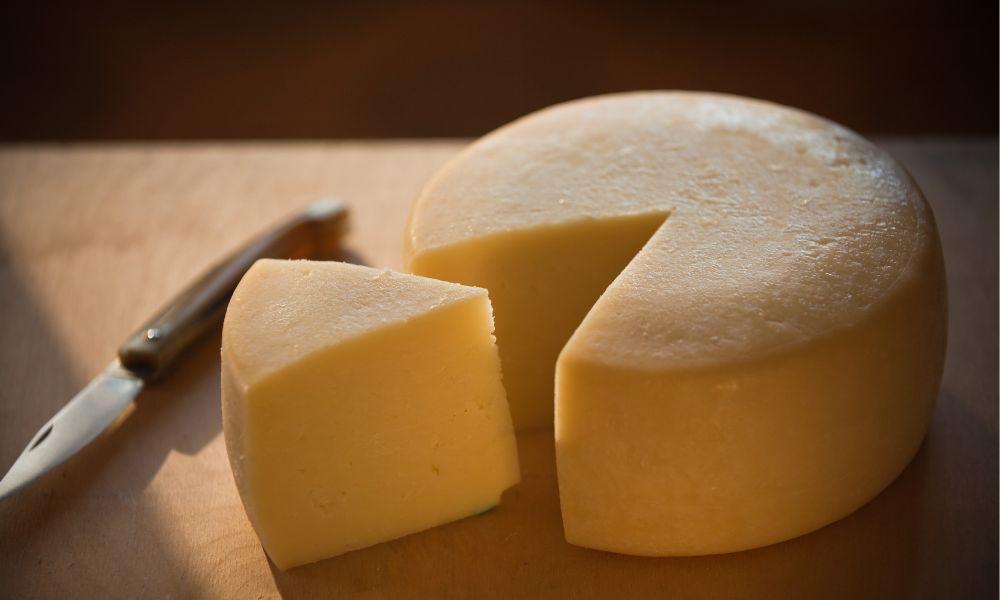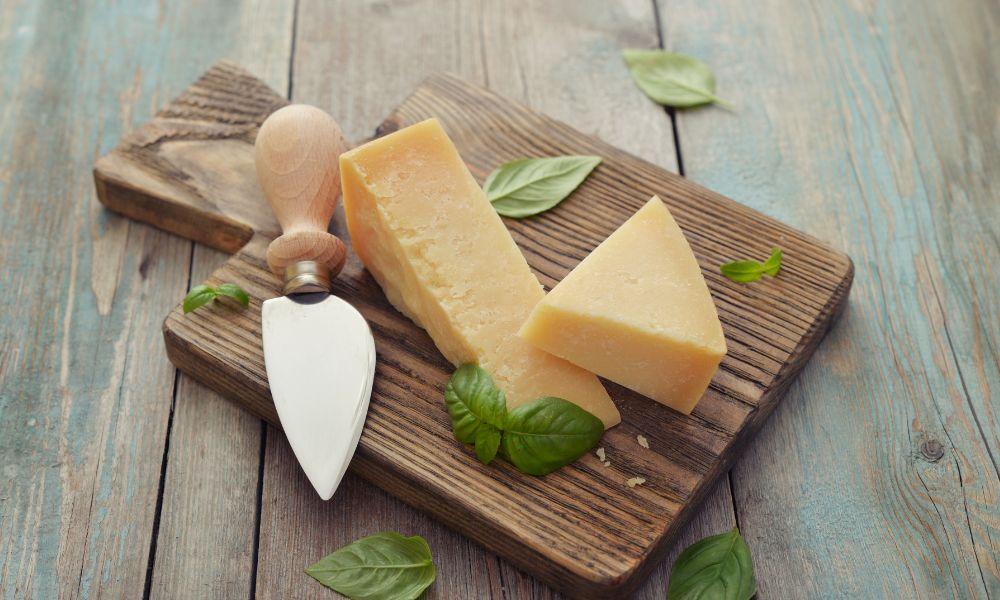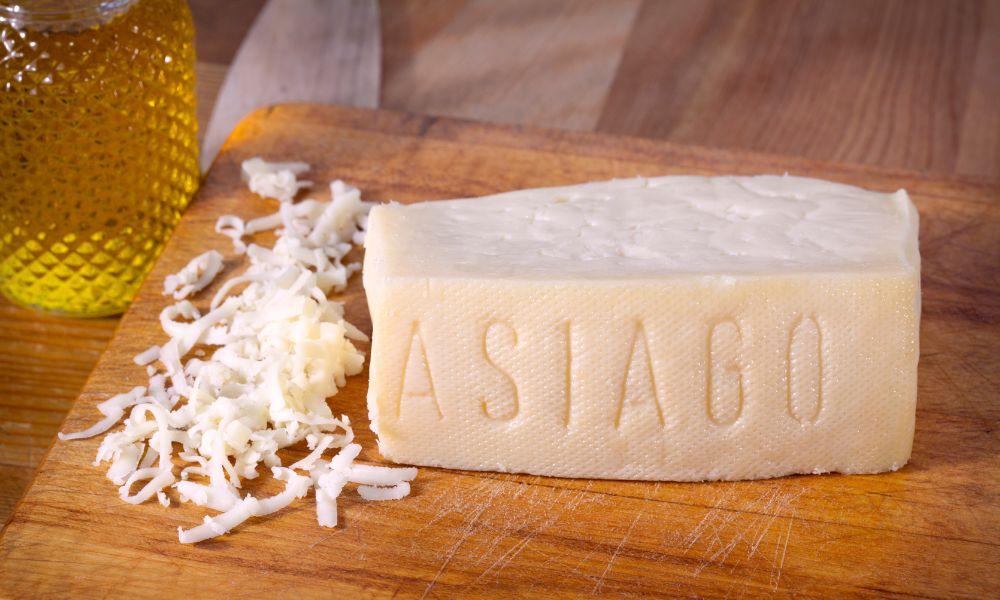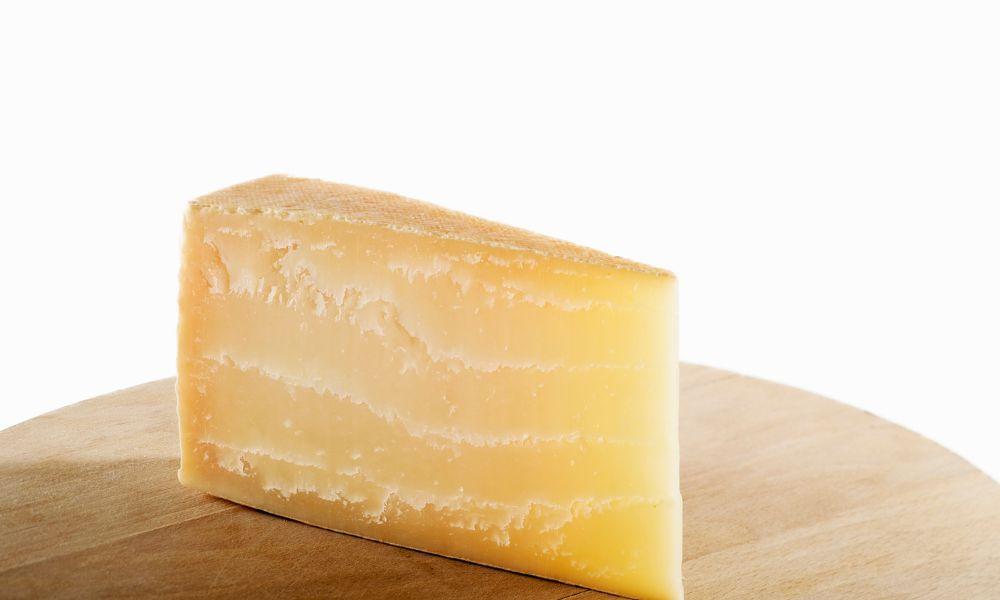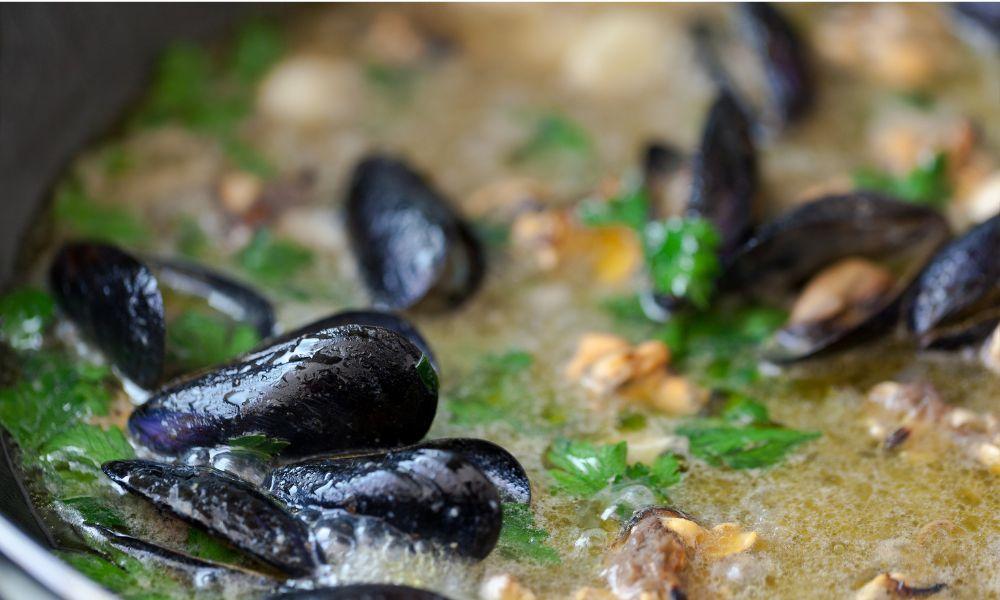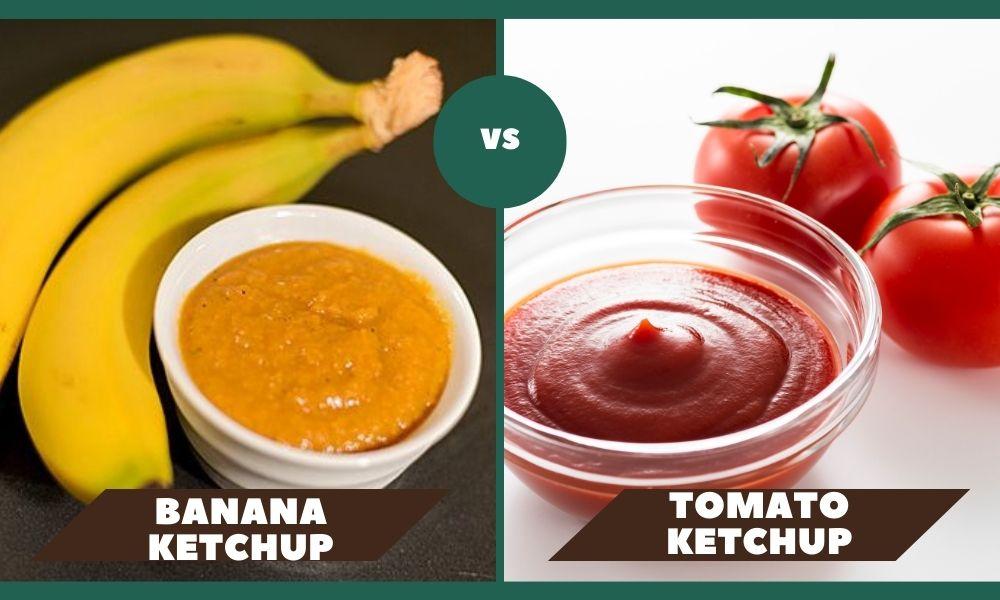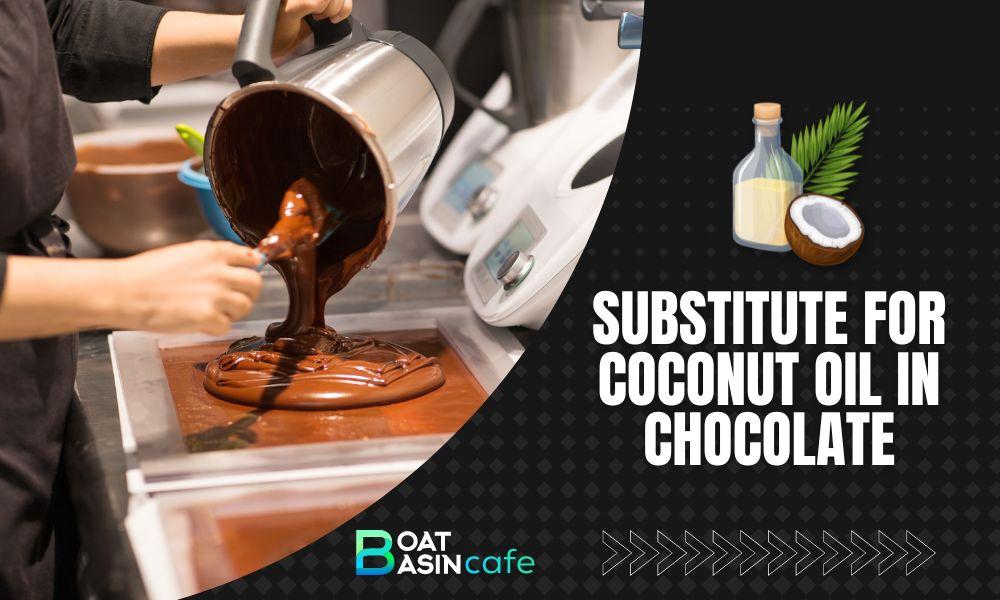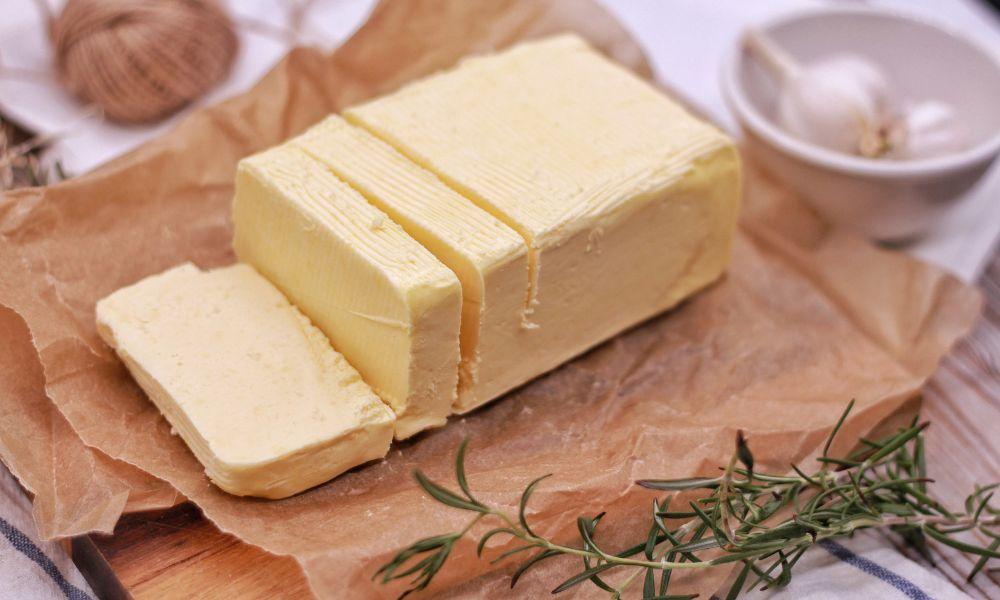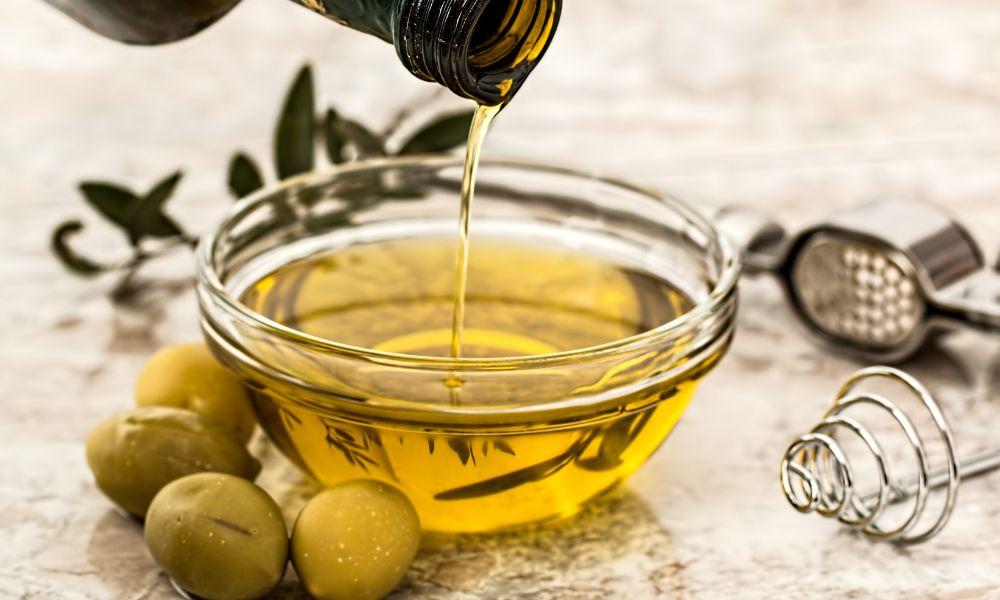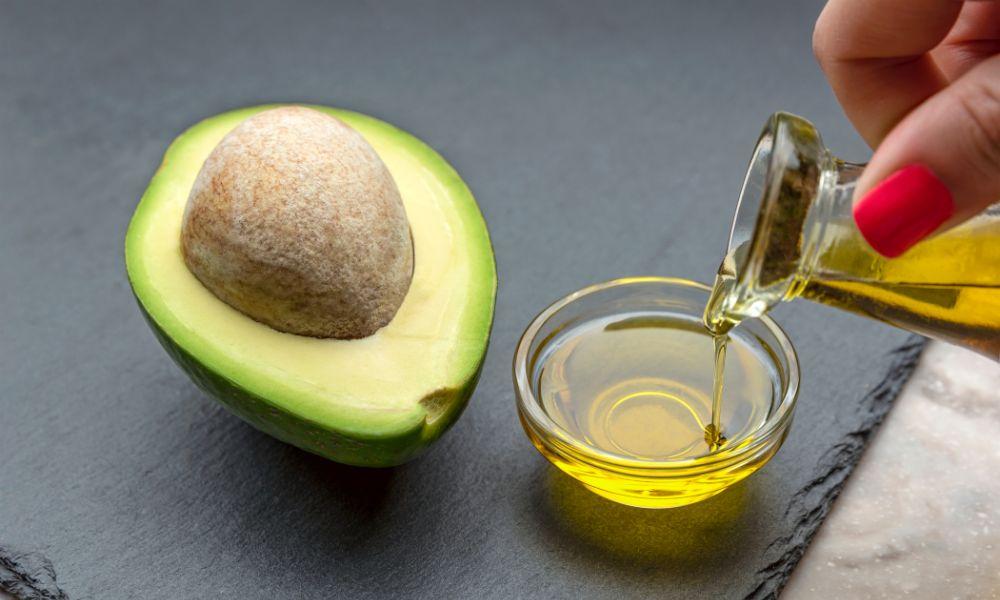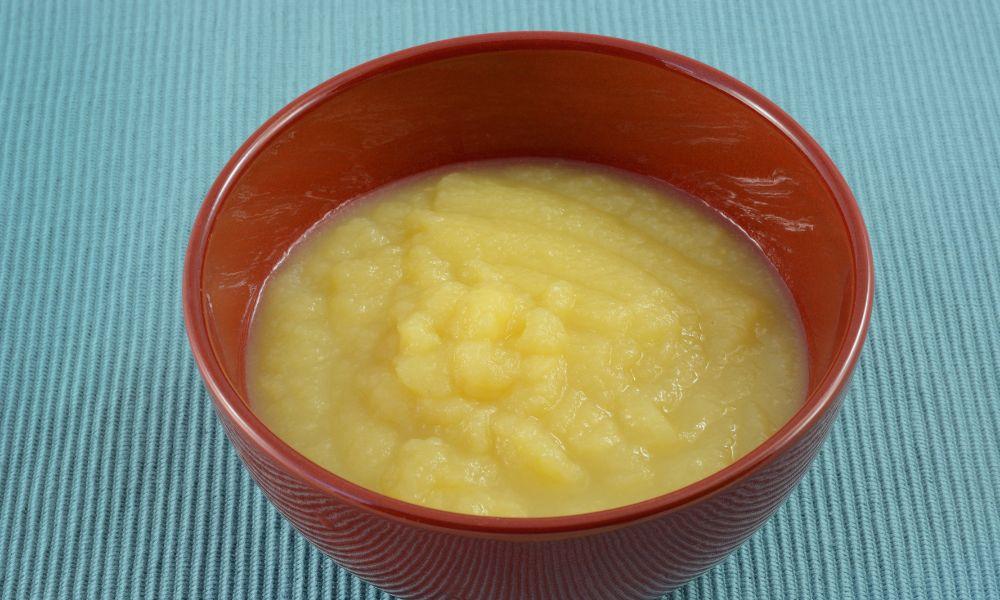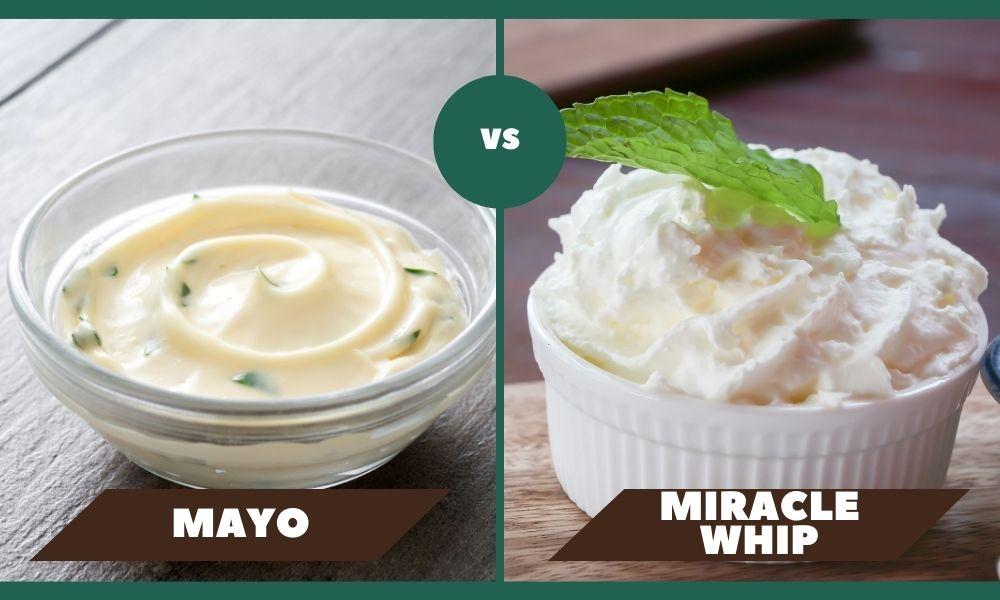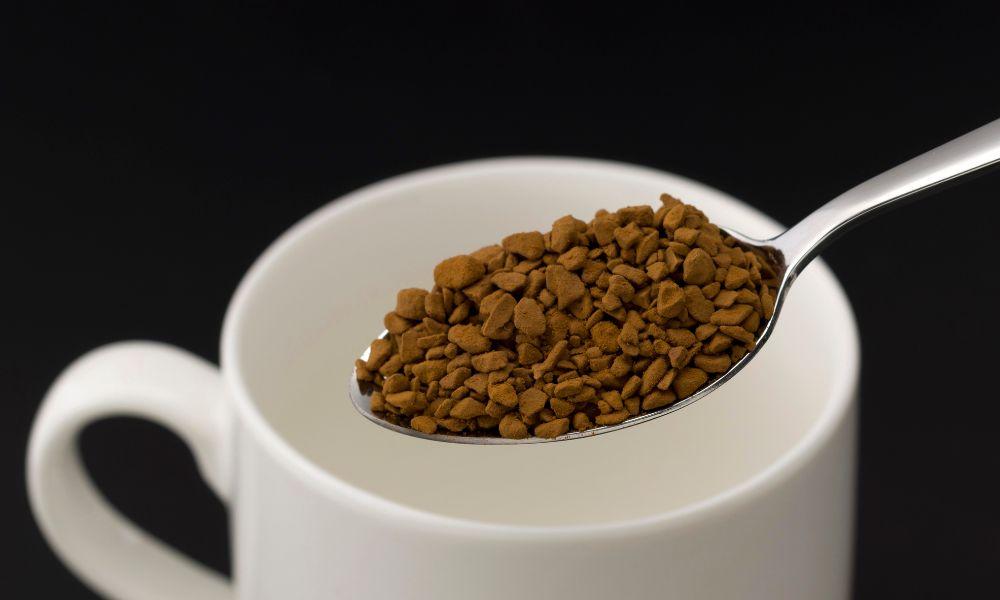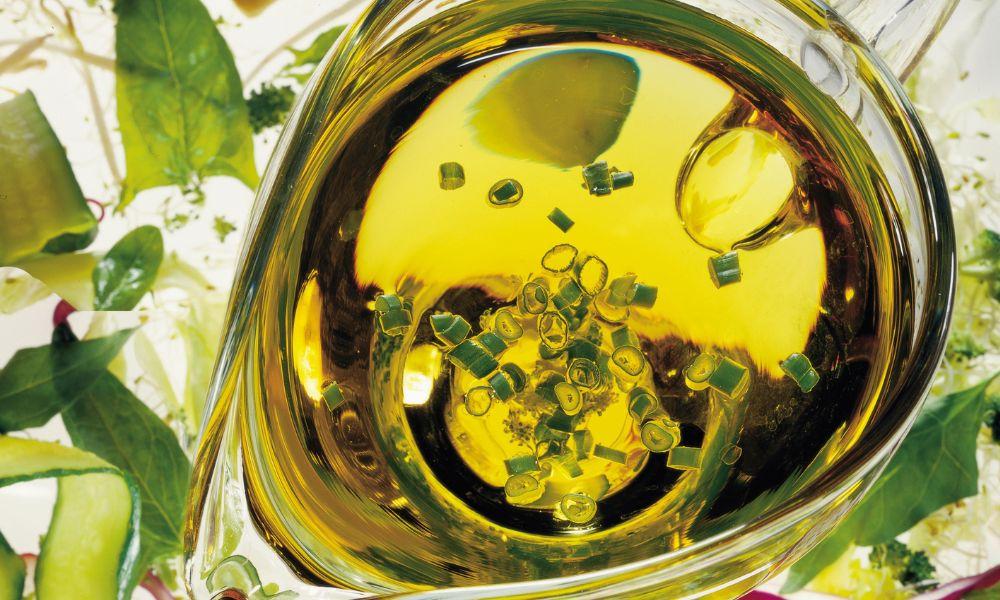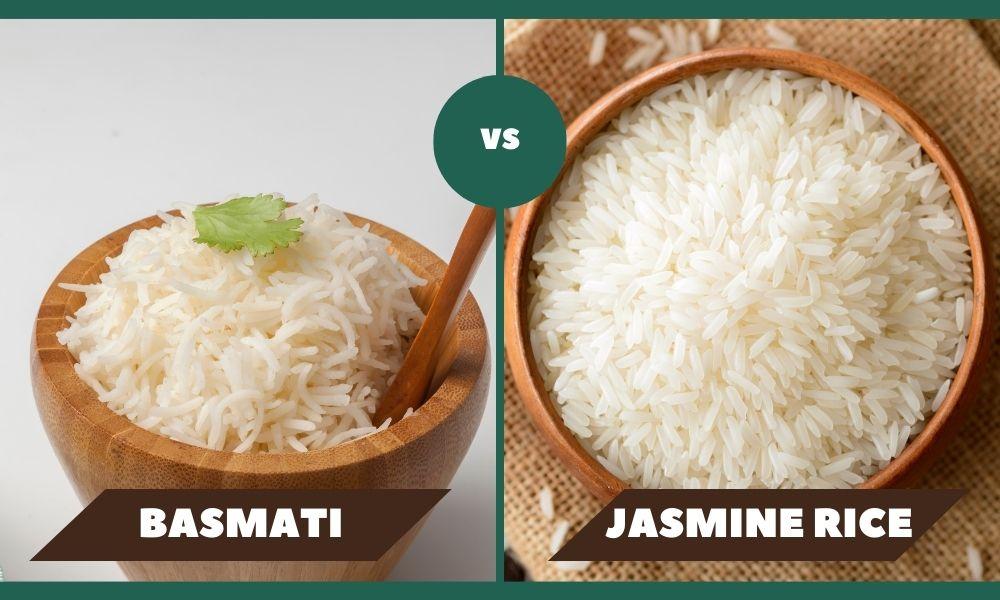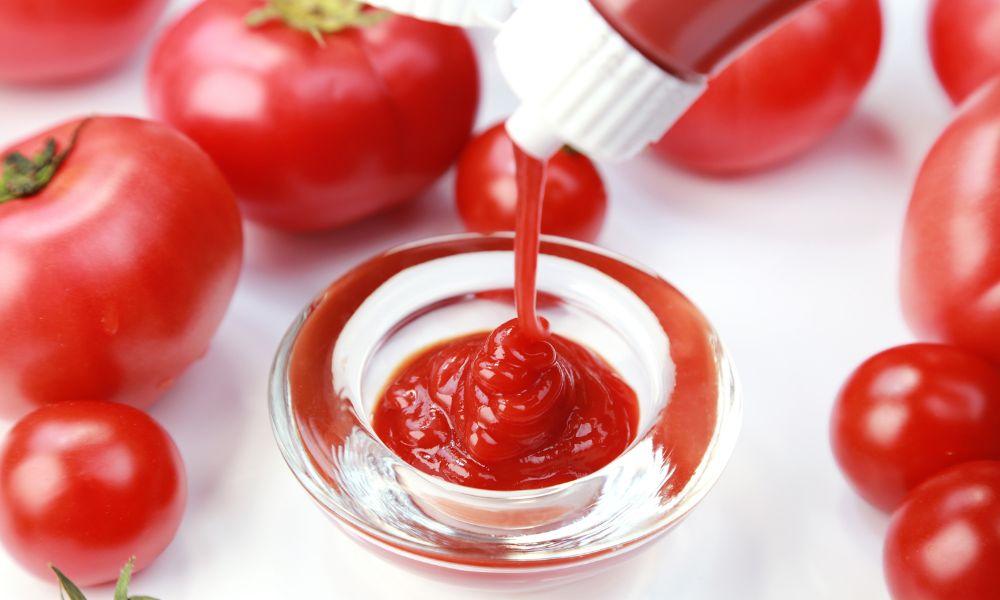Hello, fellow food aficionados! Have you ever wandered down a supermarket aisle, and suddenly encountered a curious can labeled ‘heart of palm’ and found yourself musing over what this unknown treasure could be? I’ve been there! Today, we’re embarking on an enlightening culinary voyage to uncover the secrets of this unsung protagonist in the realm of world cuisine.
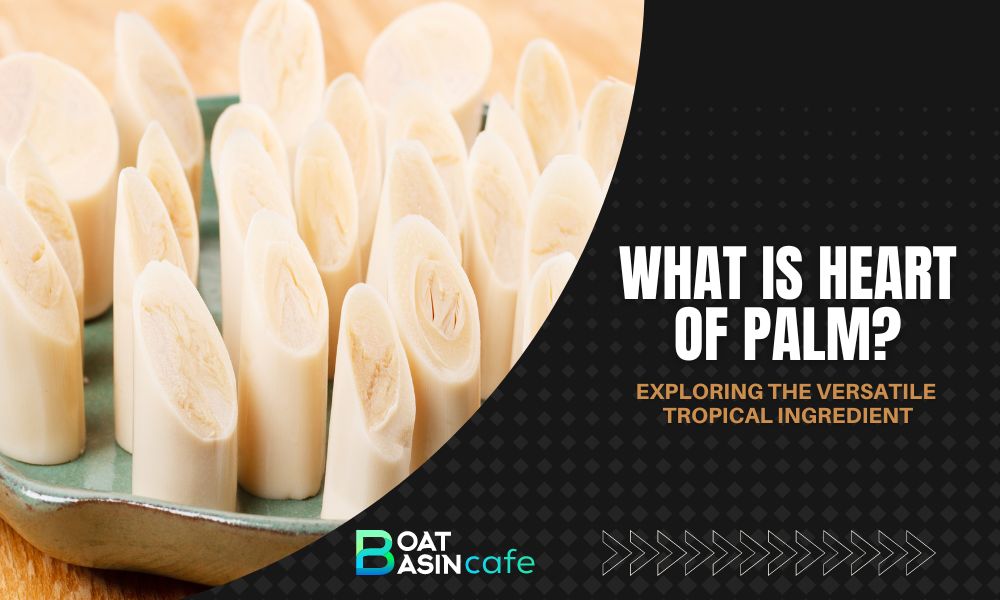
What is Heart of Palm? The Harvest
As a food enthusiast, my initial encounter with heart of palm left me intrigued. Tucked away within a cylindrical, creamy white package was a delicacy that had a delightful crunch. Extracted from the core of various palm trees, including coconut and palmetto, this vegetable came with layers and layers of complexities, quite reflective of its woody source itself.
The harvesting process isn’t quite as simple as picking apples. Imagine unraveling the sturdy exterior of a towering palm tree, to unveil the tender, edible core. However, in earlier years, fashioning these ‘vegetable ivory’ meant endangering the ecological balance due to deforestation. Today, in tune with global sustainable practices, heart of palm is gathered from managed farming practices, allowing us to enjoy its versatility with a clean conscience.
Tasting the Heart of Palm – A Culinary Delight
What drew me to heart of palm was its unique flavour profile. Think of it as the lovechild of artichoke heart and fresh asparagus, with just a subtle whisper of water chestnut. Yes, I know! It’s an exciting palate, with a gentle, delicate crunch that makes it a fun ingredient to cook with.
In fact, my vegan comrades at Boat Basin Café often hounded me for meat substitutes that were both creative and tasty. Enter, heart of palm, the super-ingredient that seamlessly melded into any meal, infusing it with its lightly sweet, nutty flavour.
The Mighty Heart of Palm: Benefits

Before we go further, let’s delve into some hearty facts. From my experience and extensive research, I would like you to consider heart of palm* not just as an indulgent nibble but a powerhouse of nutrition. Claimed as a high-protein vegetable, every bite delivers a whopping dosage of fibre, amino acids, and an array of vitamins and minerals that nourish your body from within.
If you’re navigating the tricky waters of heart health, fear not! Heart of palm is your ally, being rich in potassium, an essential mineral for heart function. No matter where you stand on your dietary journey – low carbs, keto, vegan, or simply into fun, easy-to-cook, nutritious food – heart of palm has you covered.
Sourcing and Storage Rules

Availability of heart of palm often plays hard-to-get. Fresh crops can be elusive, akin to chasing unicorns or striking Titanic’s sunken treasure, given their short shelf-life. Unless you have access to exclusive produce stores or niche online platforms, finding these can be challenging.
Fear not! Canned hearts of palm may step in here as your saving grace. Readily available in grocery stores, this canned marvel successfully captures the taste, texture, and nutritional benefits of its fresher siblings. As a pro, I’ve whipped up mouth-watering delicacies using both, and trust me, neither lets you down!
Cooking with Heart of Palm: My Personal Kitchen Chronicles
To inspire you to kitchen adventures, let me revisit my first rendezvous with cooking with the heart of palm. There I was, holding a can of these ivory delicacies, donning a chef’s apron, and armed just with a vague recipe I stumbled upon on an online forum. Out came a fresh, tasty salad that I’ve since recreated for many a cherished gathering.
Vivid memoirs from a cook-off at Boat Basin Café take me back to an evening of culinary merriment. The star of the show? None other than – heart of palm. Amidst swirling chopping boards and clanging pans, I crafted sautéed hearts of palm tossed with garlic and herbs, coupled with a zesty, palate-cleansing salad. The outcome was a harmonious blend of flavours and textures that took everyone by surprise.
If these anecdotes have piqued your curiosity about how to cook this adaptable ingredient, stay tuned. To spark your culinary creativity, I’ll soon be sharing a range of simple and tantalizing recipes that you can whip up in your own kitchen. We will delve deep into the world of cooking with hearts of palm, beyond the realms of salads and into the exciting territories of pasta and lip-smacking dips.
Hearts of Palm: A Quintessential Ingredient
By the end of this eye-opening voyage, I hope you’ve been inspired to don your chef’s hat and experiment with your own culinary masterpieces using hearts of palm and its pasta counterpart. Whether you are an experienced chef, a passionate home cook, or even a newbie in the kitchen wondering what to do with that can of hearts of palm you recently bought – remember, cooking is part art, part science and an all-out adventure. So roll up your sleeves, let your imagination take flight and make your kitchen your playground.
Heart of palm, though seemingly simple, is a versatile, nutrition-rich, and uniquely exotic ingredient that can amp up your cooking game. With applications ranging from salads to sautéed sides and even an appealing pasta alternative, the possibilities with hearts of palm are limited only by your creativity.
Conclusion
Throughout my journey with the heart of palm, the one aspect that consistently amazed me has been its remarkable adaptability. With its subtle yet distinctive flavor, gentle crunch, and unparalleled versatility – you’ll conclude that it’s an ingredient that never stops giving. So, on your next grocery run, take a detour down to the canned goods aisle and pick up the incredible heart of palm. Believe me, you won’t be disappointed.
And lastly, to all the culinary explorers out there, keep your aprons at the ready, your recipes handy, and your minds open to exciting new culinary expeditions. Until our next ingredient deep-dive, bon appétit!
References
To further your knowledge about the multi-faceted world of heart of palm, here are some references:
